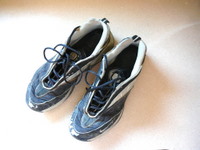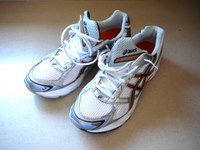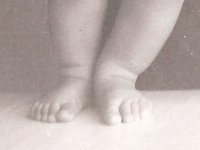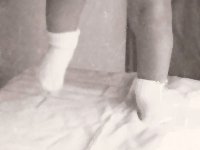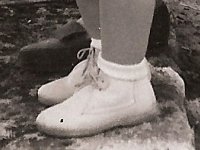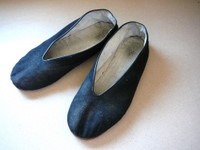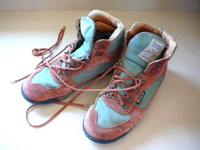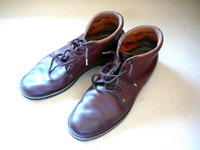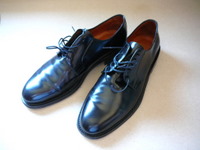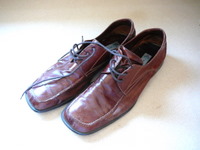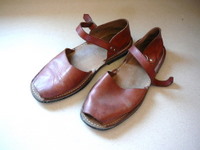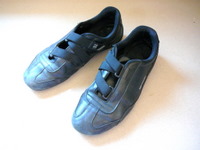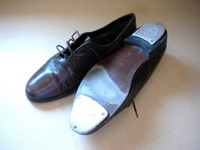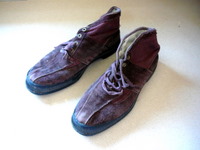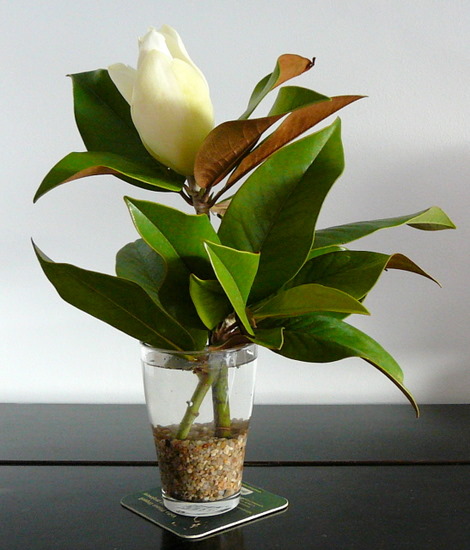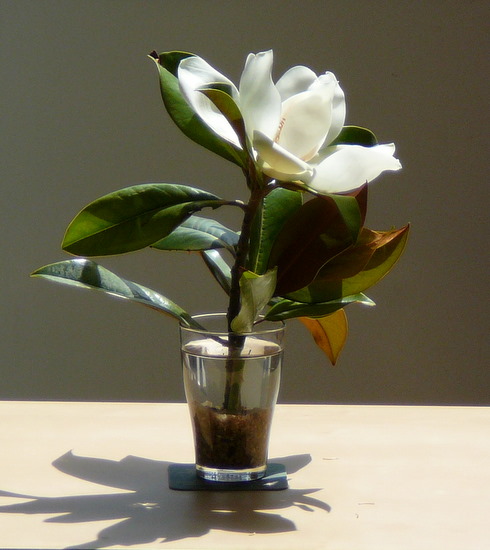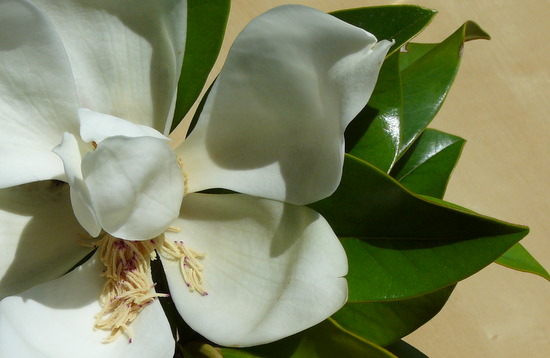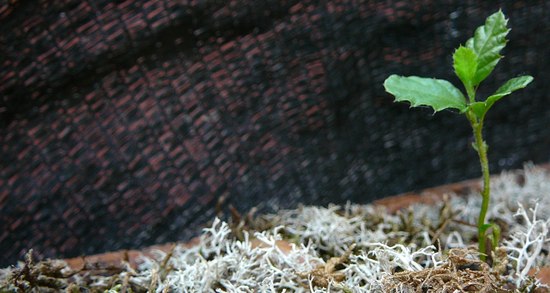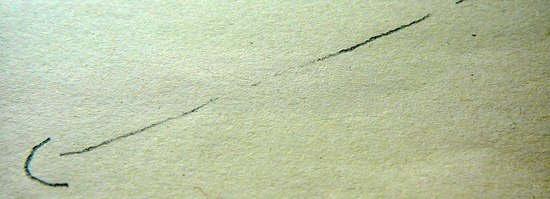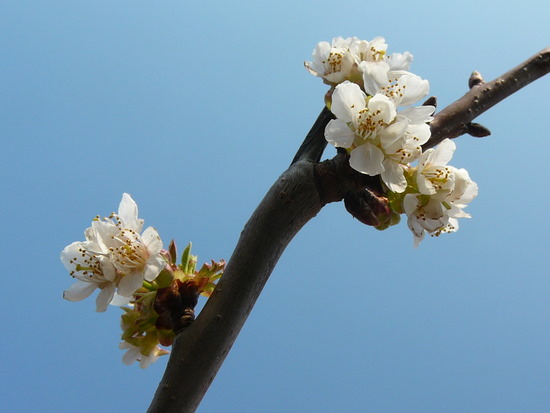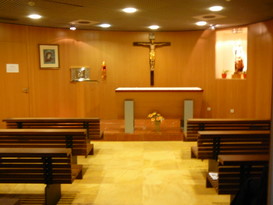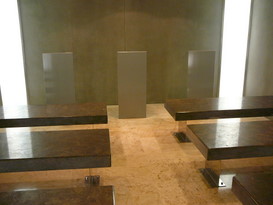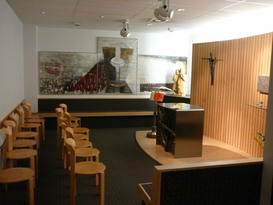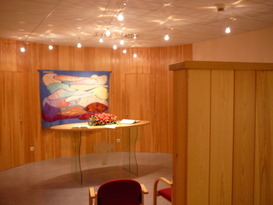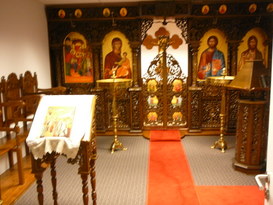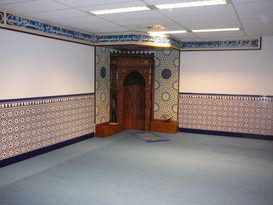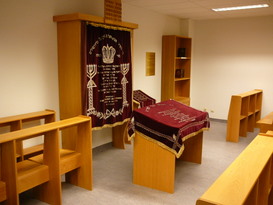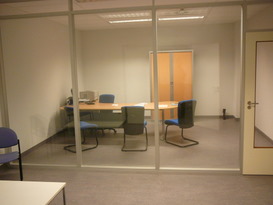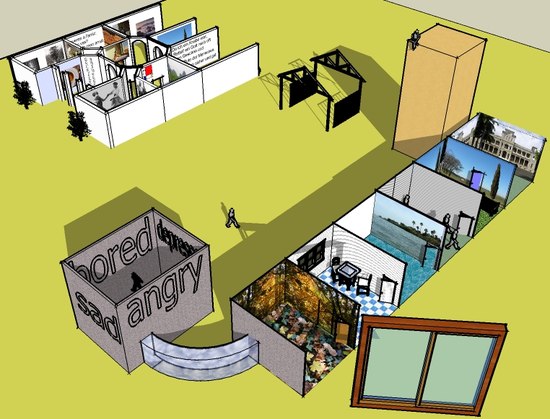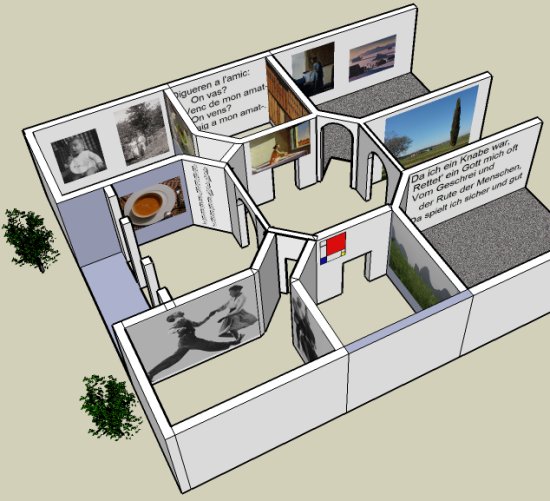Soon after posting about my shoes I visited the exhibit about Ballard at CCCB in Barcelona, open until November 2nd, . Among many fascinating things there is the text “I believe” published in 1984 in the “Interzone” magazine. While reading it, I realized that I coincided with many items. When I reached “I believe in the story of my feet” I was about to shout “Me too!”. Somehow we are the story of where our feet have lead us.
If you go to see the exhibition, don’t miss the video installation ofAnn Lislegaard, just before leaving at right.
Here some excerpts; the highlights are mine.
I believe in the power of the imagination to remake the world, to release the truth within us, to hold back the night, to transcend death, to charm motorways, to ingratiate ourselves with birds, to enlist the confidences of madmen.
I believe in my own obsessions, in the beauty of the car crash, in the peace of the submerged forest, in the excitements of the deserted holiday beach, in the elegance of automobile graveyards, in the mystery of multi-storey car parks, in the poetry of abandoned hotels.
[…]
I believe in nothing.
[…]
I believe in Max Ernst, Delvaux, Dali, Titian, Goya, Leonardo, Vermeer, Chirico, Magritte, Redon, Duerer, Tanguy, the Facteur Cheval, the Watts Towers, Boecklin, Francis Bacon, and all the invisible artists within the psychiatric institutions of the planet.
[…]
I believe in the impossibility of existence, in the humor of mountains, in the absurdity of electromagnetism, in the farce of geometry, in the cruelty of arithmetic, in the murderous intent of logic.
[…]
I believe in the non-existence of the past, in the death of the future, and the infinite possibilities of the present.
I believe in the derangement of the senses: in Rimbaud, William Burroughs, Huysmans, Genet, Celine, Swift, Defoe, Carroll, Coleridge, Kafka.
[…]
I believe in the next five minutes.
I believe in the history of my feet.
I believe in migraines, the boredom of afternoons, the fear of calendars, the treachery of clocks.
I believe in anxiety, psychosis and despair.
[…]
I believe in Tokyo, Benidorm, La Grande Motte, Wake Island, Eniwetok, Dealey Plaza.
I believe in alcoholism, venereal disease, fever and exhaustion. I believe in pain. I believe in despair. I believe in all children.
[…]
I believe all mythologies, memories, lies, fantasies, evasions.
I believe in the mystery and melancholy of a hand, in the kindness of trees, in the wisdom of light.

